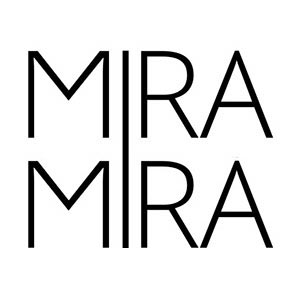The Evolution of HVAC Systems – From Basics to Smart Solutions
In recent years, advancements in climate regulation have dramatically reshaped how we interact with our living and working spaces. As we analyze the journey of these technologies, it becomes evident that understanding past innovations provides a foundation for grasping current methodologies and future trends.
Modern control mechanisms not only enhance comfort but also promote energy efficiency and sustainability. Through continuous industry evolution, contemporary solutions integrate seamlessly with digital platforms, creating an interconnected environment where user experience is paramount.
Exploring technological advancements reveals key milestones that have propelled this sector forward. Innovations such as smart thermoregulation devices and predictive maintenance algorithms are just a glimpse into what the future holds. As we venture deeper into the realm of climate management, it is crucial to recognize how past lessons inform future developments.
Fundamentals of Traditional HVAC Design
Understanding the core principles behind conventional climate control arrangements is essential as the industry progresses. Historically, these frameworks relied on straightforward mechanical systems to manage air temperature and quality within buildings.
Central to traditional designs are heating, ventilation, and cooling techniques that emphasize efficiency achieved through basic thermodynamic processes. Early implementations used boilers and chillers, often paired with ductwork, to circulate conditioned air. These methodologies set the foundation for later improvements.
Over time, technological advancements led to enhancements in design practices, focusing on optimizing energy use and promoting airflow. Insulation and air sealing became crucial components, helping to maintain comfort while minimizing waste. Understanding these fundamentals remains key, as modern arrangements often build on these established principles.
An awareness of HVAC history is vital for professionals navigating the complexities of contemporary engineering. Each step in development reflects a response to changing environmental demands and user expectations, shaping the frameworks we use today.
As we progress towards more innovative models, the basics remain vital. They guide practitioners in making informed decisions about energy conservation, system selection, and user comfort, ensuring that improvements serve both functionality and sustainability.
Integrating Renewable Energy Sources into HVAC Systems
As the industry advances, modern approaches increasingly embrace renewable energy sources to enhance efficiency and sustainability. Incorporating solar panels, geothermal systems, and wind energy into heating and cooling frameworks is becoming standard practice, reflecting a significant shift in technology usage over time.
This integration not only reduces reliance on fossil fuels but also aligns with future trends toward environmental conservation and energy independence. For instance, solar-assisted air conditioning allows systems to harness sunlight, providing a cost-effective alternative to conventional energy sources.
Moreover, the historical context of climate control solutions reveals a growing awareness of ecological impacts. Transitioning from traditional methodologies to innovative practices signifies the industry’s commitment to embracing greener technologies. This adaptability illustrates the continuous pursuit of better energy management.
As we look forward, the combination of renewable resources with advanced controls and automation will define the landscape. This fusion promises enhanced performance, lower operating costs, and a significant reduction in carbon footprints, setting a precedent for future climate control architectures.
Exploring IoT and Automation in Modern HVAC Solutions
Recent developments in the climate control field have significantly transformed how consumers and businesses approach indoor comfort. The incorporation of IoT technology and automation has streamlined operations, allowing for improved efficiency and user experience. These innovations have become essential in addressing contemporary challenges such as energy consumption and environmental impact.
With the rise of connected devices, users can now monitor and control their environmental settings remotely through mobile applications and smart home systems. This capability not only enhances convenience but also allows for real-time adjustments based on occupancy and external conditions. For instance, automated systems can learn user patterns and preferences, optimizing heating and cooling cycles accordingly.
Technological advancements are pushing the boundaries of energy efficiency and sustainability. Smart thermostats, for example, can integrate with renewable energy sources, contributing to overall reductions in carbon footprints. By analyzing data, these modern devices can make informed decisions, further taking the industry toward eco-friendliness.
As we look to the future, industry evolution will likely continue toward fully integrated solutions, combining smart technology with traditional methods. This shift demonstrates the potential for enhanced comfort and efficiency, ultimately benefiting both consumers and the environment. For additional insights into the impact of these advancements, visit https://mdairheatingandcooling.com.
